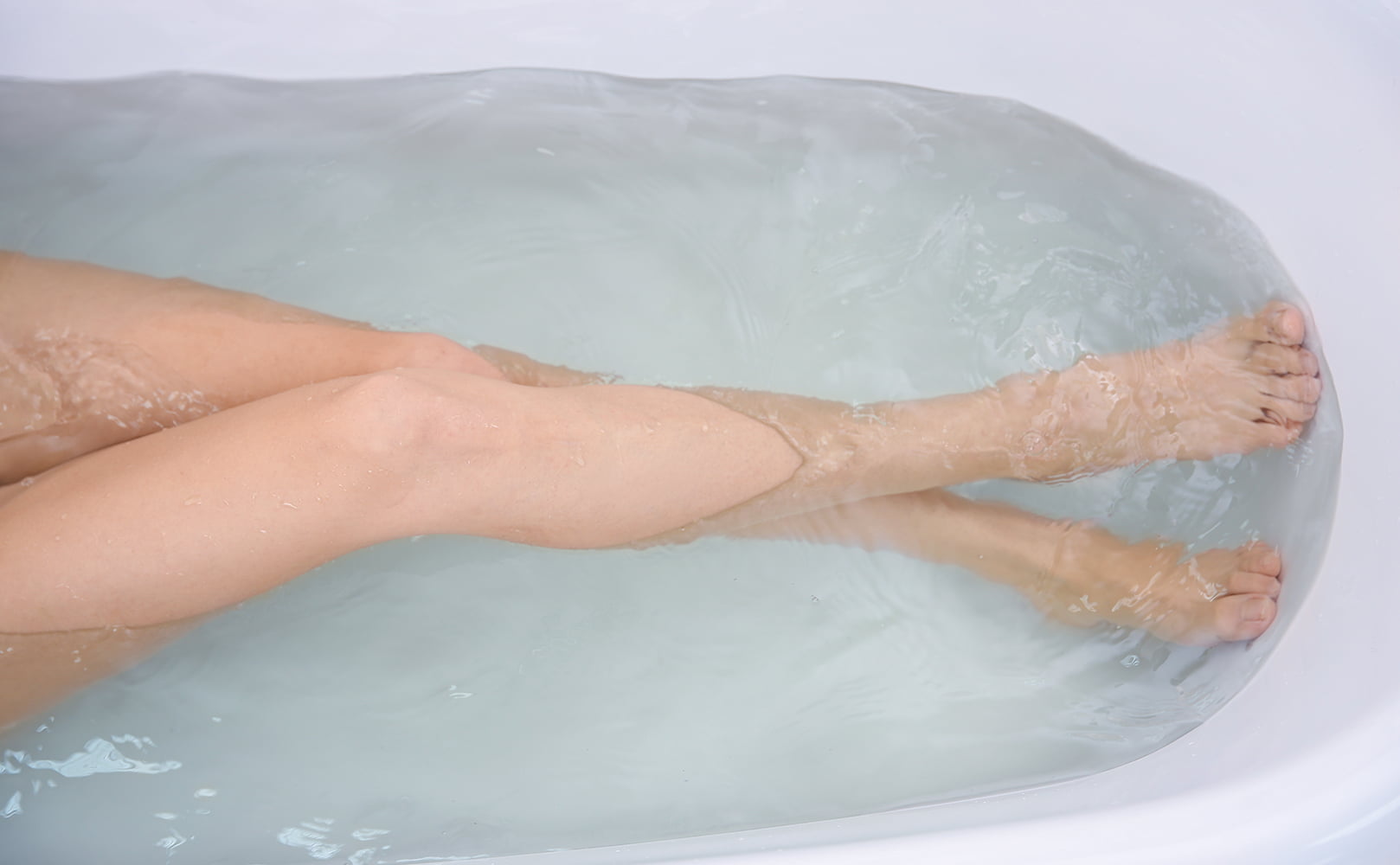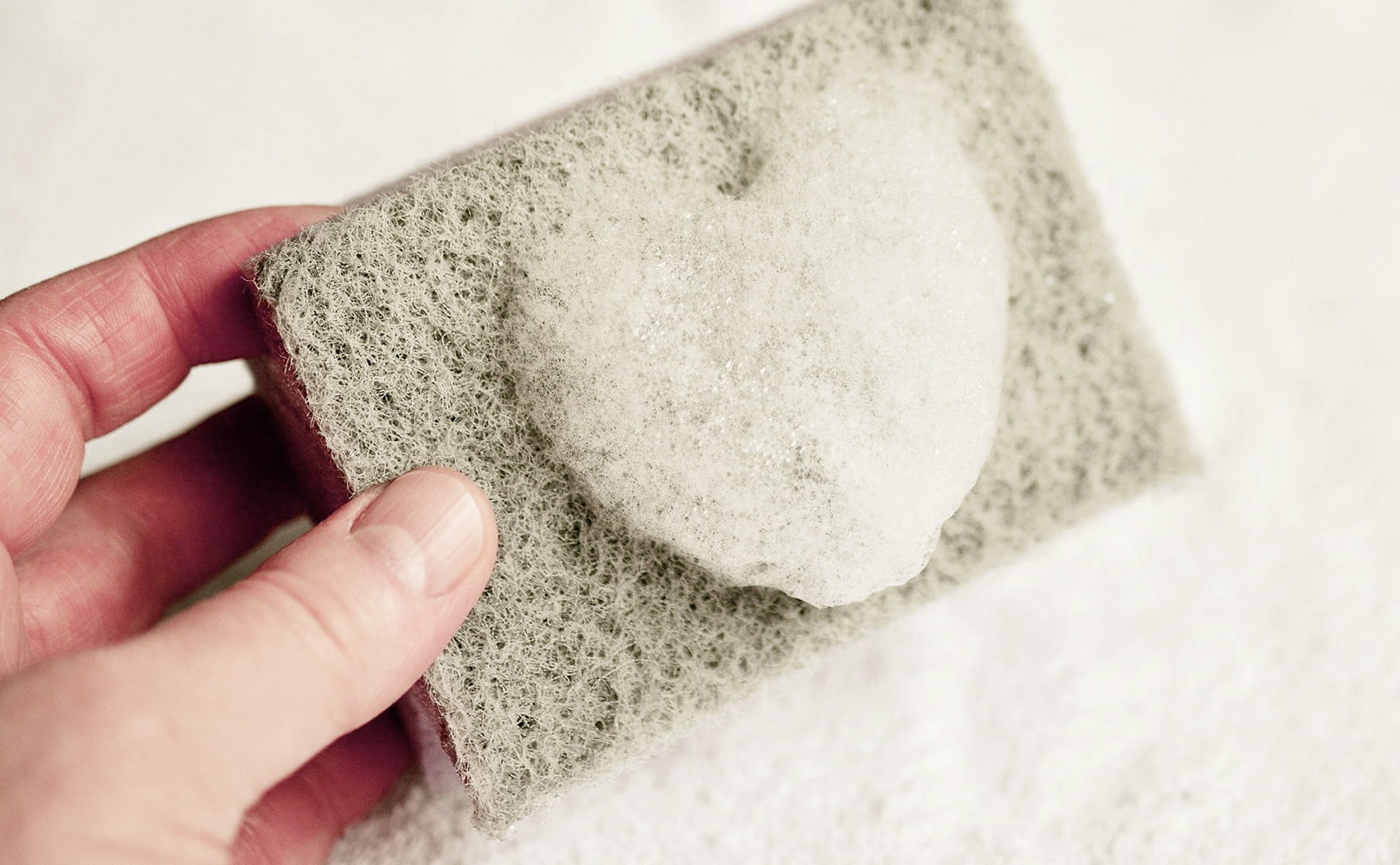Can RO Waste Water Be Used for Bathing?
Written by: Alexandra Uta // Last Updated: May 10, 2023
This page may contain affiliate links. If you buy a product or service through such a link we earn a commission at no extra cost to you. Learn more.
There is nothing quite like a hot bath or shower after a long day.
You may be tempted to use your gallons of RO waste water to rinse yourself off, but it isn’t a great idea, especially if you have highly contaminated feed water.
Bathing is supposed to help us wash away the day’s contaminants, not add more to our skin.
Read more on the topic below.
Key Takeaways
- RO waste water should generally not be used for bathing at all.
- RO waste water contains concentrated amounts of the contaminants found in your feed water, which could be potentially harmful when absorbed through the skin or inhaled as vapor.
Can RO Waste Water Be Used for Bathing?
First of all, can RO waste water be used for bathing?
No, RO waste water should generally not be used for bathing, as it likely contains a high level of contaminants that could be absorbed by the skin, adding to the body’s toxic load.
Dermal penetration of certain pollutants can be pretty high, with one study suggesting dermal absorption could be up to 91% of the total dose of contaminants.
Even showering has been shown to increase the body’s toxic burden, both from skin exposure and inhalation of vapor.
If you are bathing in waste water high in contaminants, you are at risk of them getting directly into your bloodstream rather than being metabolized after ingestion.
By the way, the reason why RO waste water contains elevated contaminant levels is because that’s how they are being flushed out of your reverse osmosis system. In other words, all the stuff that gets rejected by your RO membrane ends up in the brine water.
Pesticides and PAHs
Pesticides and PAHs (polycyclic aromatic hydrocarbons) have been recognized as health concerns due to skin absorption, with links between chronic fatigue syndrome and the pesticide organophosphate. This is more of a problem if your feed water is well water, which is often high in agricultural chemicals.
Organic Solvents
Due to their widespread use, skin absorption of organic solvents is also an issue. They can cause problems with the kidney, liver, and nervous system and can sometimes be found in contaminated water.
Other contaminants that the skin can absorb include mercury, pharmaceuticals, and nicotine, all of which will be present in your RO waste water if it is present in your feed water.
PFAS
A rising health concern is exposure to fluorinated compounds known as PFAS, which can suppress the immune system and trigger a multitude of illnesses, such as cancers and reproductive issues.
Dermal absorption of these compounds is common, and once in the body, they do not break down, building up over time. Luckily, reverse osmosis filters them out into the waste water, but they are another excellent deterrent to bathing in it.
Why Does My RO System Even Waste Water?
Reverse osmosis systems use water pressure to push the feed water through a membrane. This membrane has tiny pores that allow the water molecules through and not much else.
All the dissolved solids and contaminants stay on the other side of the membrane, in a concentrated dose in the waste water or brine, and then it is flushed out. Unfortunately, there is no way to prevent waste water from being produced.
Pure to Waste Water Ratios
Reverse osmosis systems waste, on average, about 3 to 5 gallons of water for every gallon filtered, which is quite a lot. Some systems are available that reduce this down to only 20% of input water due to their internal pumps.
How to Minimize Waste Production
You can minimize waste production by checking the waste water ratio of the system you plan to purchase and selecting one that has minimal waste water. If that is not possible, you can try a couple of other things.
Filter Maintenance
Regular maintenance can help your RO system run efficiently. This includes changing the filters and membrane, checking for clogs, and replacing worn-out parts to ensure you get the best possible pure-to-wastewater ratio.
Increasing Feed Water Pressure
- A booster pump can be installed with your RO system, which can reduce the waste water amount by up to about 95%.
- Another option is to increase the water pressure in your home’s water pipes.
Better Ways to Re-Use RO Waste Water
So that your RO reject water doesn’t go to waste, you can try a few things to get some use out of it.
Cleaning Around the House
Providing that your waste water is not discolored, you can use it to mop your floors by adding some floor-cleaning detergent. You can also add some dish detergent to it and use it to wash utensils and kitchenware; just make sure it is fully dry before using it again.
Washing Your Car
Instead of wasting gallons of water from the tap to wash your car, save your waste water and use that.
Flushing Toilets
Flushing and cleaning toilets can be done with RO waste water, but it may leave a stain if the water has a lot of total dissolved solids. You can dilute it with tap water if this is the case.
Pre-Rising Laundry
Laundry can be pre-rinsed in clear waste water if it is low in total dissolved solids; otherwise, it may become stained.
If you have any thoughts about the question, can we use RO waste water for bathing, please don’t hesitate to leave a comment below!
Information provided on BOS is for educational purposes only. The products and services we review may not be right for your individual circumstances.
We adhere to strict editorial guidelines. Rest assured, the opinions expressed have not been provided, reviewed, or otherwise endorsed by our partners – they are unbiased, independent, and the author’s alone. Our licensed experts fact-check all content for accuracy. It is accurate as of the date posted and to the best of our knowledge.



